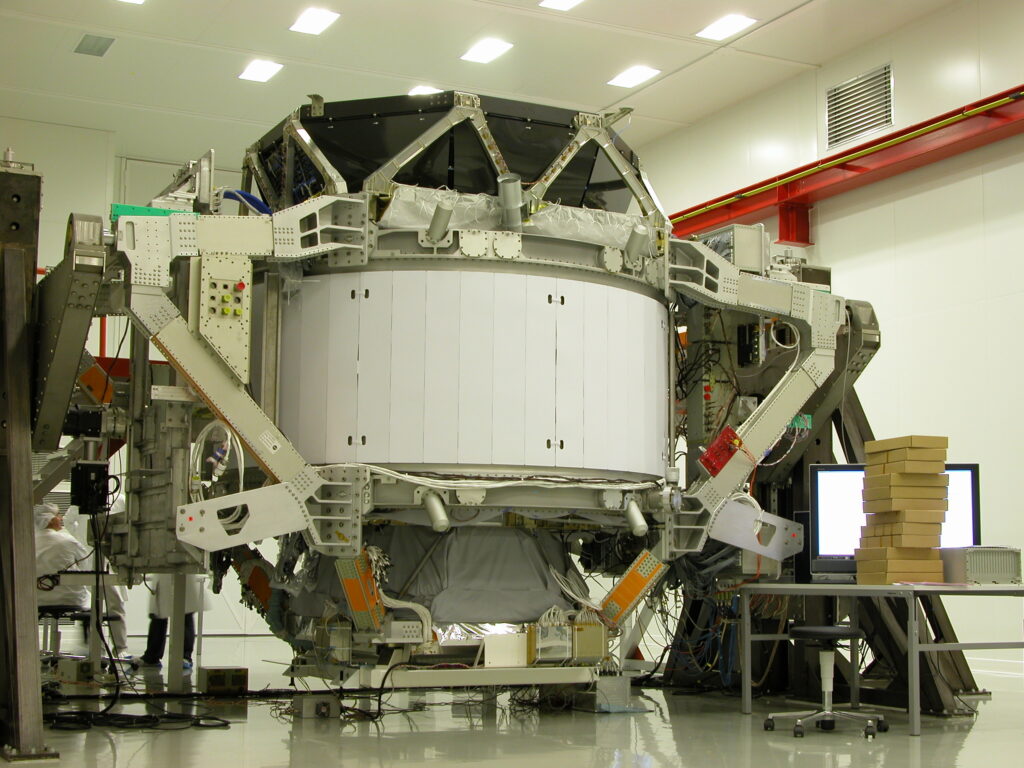AMS is a state-of-the-art particle physics detector operated on the ISS since May 2011 by an international collaboration of 44 institutes in North and South America, Asia, and Europe.
It is orbiting Earth (90 min) and continuously taking data at an altitude of around 400 km. The average number of cosmic rays crossing AMS is 500 per second. An enormous amount of data has been gathered over the years.

The AMS group at LIP was intensely involved in the Ring Imaging Cerenkov (RICH) detector design, developing electric charge and velocity reconstruction algorithms. The RICH is a key detector for isotope identification in AMS. Current data analysis subjects in the group include data variability studies, solar modulation modelling, and isotopic measurements of different nuclei.

